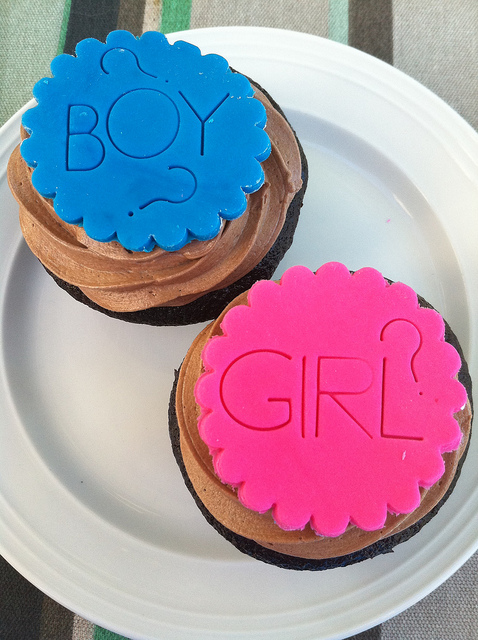
“Boy or Girl?” — It’s one of the most common questions people ask new parents. But some parents are trying to avoid that question altogether by raising their children in a “gender open” or “gender affirmative” environment. A recent article in New York Magazine highlights the decisions made by these parents — including some parents who are sociologists.
Kyl Myers is one of these parents. For Myers, “the point was not to have a genderless child.” Instead, Myers wanted her child to come to their own understanding of gender without viewing toys and activities as “boy” and “girl” things. Myers’ concerns are certainly valid — according to Elizabeth Sweet’s research, toys are more gendered today than they were during all of the 20th century. Myers goes on to explain,
“A part of why we are parenting this way is because intersex people exist, and transgender people exist, and queer people exist, and sex and gender occur on a spectrum, yet our culture loves to think people, all 7 billion of them, can and should be reduced to either/or.”
Andrea — also a sociologist — had a partner that was in the middle of a gender transition at the time, which led them to talk extensively about gender and parenting strategies. Andrea believed her child’s anatomy did not matter for their gender, yet her partner was changing their body to match their gender. Andrea says,
“We know that people often experience gender through their bodies and through the meaning that our society has attached to bodies…In our society, breasts are feminized, so it makes sense for someone like my partner to have their breasts removed. When we say gender is a social construct, I am certainly not arguing that bodies and hormones play no role in people’s gender identification.”
These parents — informed by social science research that shows the importance our society places on a gender binary — are doing their best to break out from this binary to include more opportunities for children to explore their gender identities. As Myers says,
“You have to give people the benefit of the doubt that they are trying to love their children in the way that they know best, and that really looks different for different families. This is how we know to love our child best.”

Comments 3
Zaza Green — February 7, 2021
good very good
Grig Woods — February 8, 2021
Good evening everyone! I know that many are now interested in transgender sex, because people have become more relaxed about this type of sex and meetings. It seems to me that you will be interested in the article that I threw off, because it contains 5 interesting stories with transgender people, very cool!
sweet patrw — December 10, 2022
That two amazing cake like out of earth having from other planet.
Tell Tims Survey